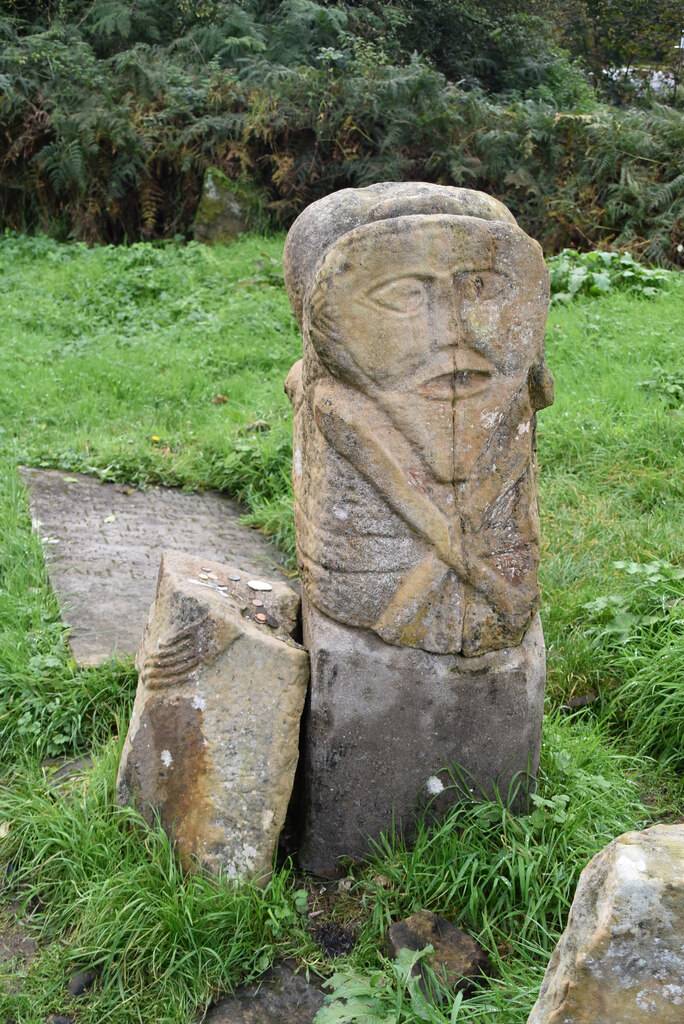Caldragh Cemetery on Boa Island in County Fermanagh, Northern Ireland, is an ancient site steeped in mystery and history. Known for its enigmatic stone figures, including the Janus figure and the Lusty Man, the cemetery dates back to the early Christian period. These unique stone carvings have captivated the imagination of historians, archaeologists, and visitors alike, offering a glimpse into the past and the spiritual beliefs of the people who once inhabited the region.
Get your dose of History via Email
Historical Background of Caldragh Cemetery Boa Island
Caldragh Cemetery is one of the most intriguing historical sites in Northern Ireland. Discovered on Boa Island in Lough Erne, it has drawn attention for its peculiar stone sculptures. The cemetery’s origins trace back to the early Christian period, though the exact date of establishment remains uncertain. The most famous artifact, the Janus figure, is a two-faced stone statue that stands as a testament to the site’s ancient past.
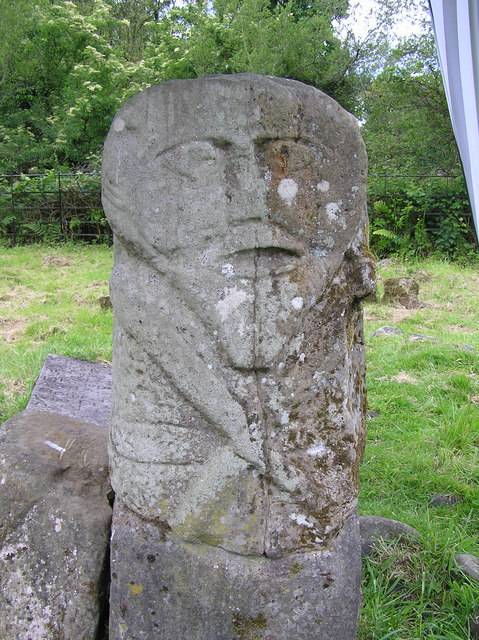
The cemetery was not widely known until the 19th century when antiquarians began to take an interest in the site. It was during this time that the Janus figure and other stone carvings were documented in detail. The creators of these artifacts are believed to be the early Christian settlers of the island, who left behind these enigmatic symbols of their beliefs and customs.
Over the centuries, Boa Island and Caldragh Cemetery have seen various inhabitants. The island’s strategic location in Lough Erne made it a significant site throughout history.
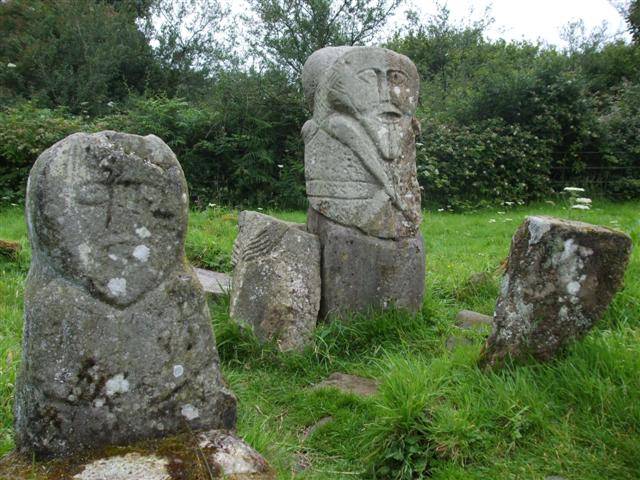
The Janus figure, in particular, has sparked much interest due to its unique two-faced design, which is rare in early Christian iconography. The cemetery itself has remained relatively undisturbed over the years, preserving its historical integrity. This has allowed for a more authentic understanding of the site’s original purpose and significance.
While the exact builders of the cemetery remain unknown, it is clear that the site was of great importance to the local community. The craftsmanship of the stone figures suggests a society with strong artistic skills and religious convictions. Caldragh Cemetery continues to be a focal point for those interested in the early Christian history of Ireland.
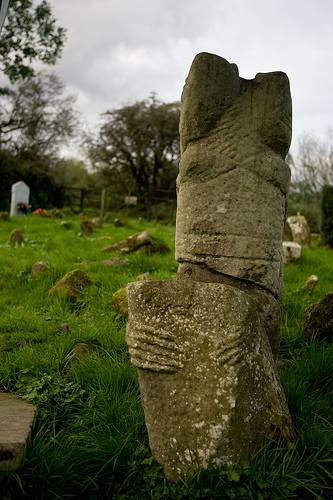
About Caldragh Cemetery Boa Island
Caldragh Cemetery is located on the scenic Boa Island in County Fermanagh. The site is renowned for its ancient stone figures, which are among the most enigmatic and well-preserved artifacts from early Christian Ireland. The cemetery itself is modest in size, but its contents have had a significant impact on our understanding of the period.
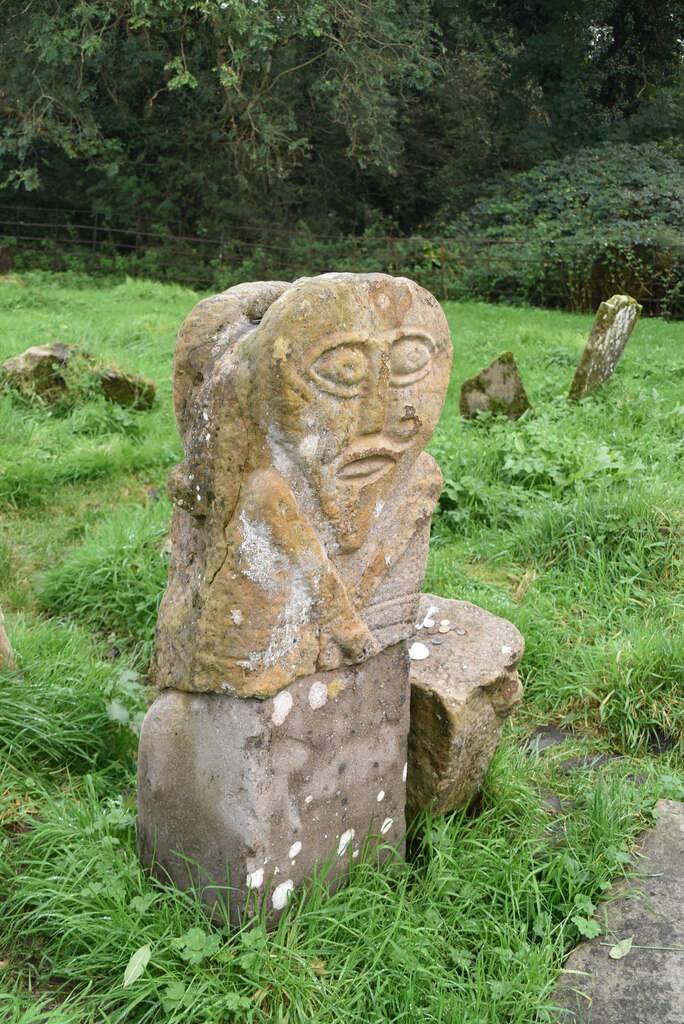
The most striking feature of Caldragh Cemetery is the Janus figure, a two-faced stone statue that stands at approximately 73 centimeters in height. Carved from a single piece of stone, the figure represents a style of art that is rare in the context of early Christian Ireland. The craftsmanship indicates a high level of skill and suggests that the figure held significant religious or cultural importance.
In addition to the Janus figure, the cemetery contains other stone carvings, including a figure known as the Lusty Man. This figure, though less famous than the Janus, is equally intriguing and adds to the overall mystery of the site. The stones are made from local sandstone, which has weathered the passage of time remarkably well, preserving the intricate details of the carvings.
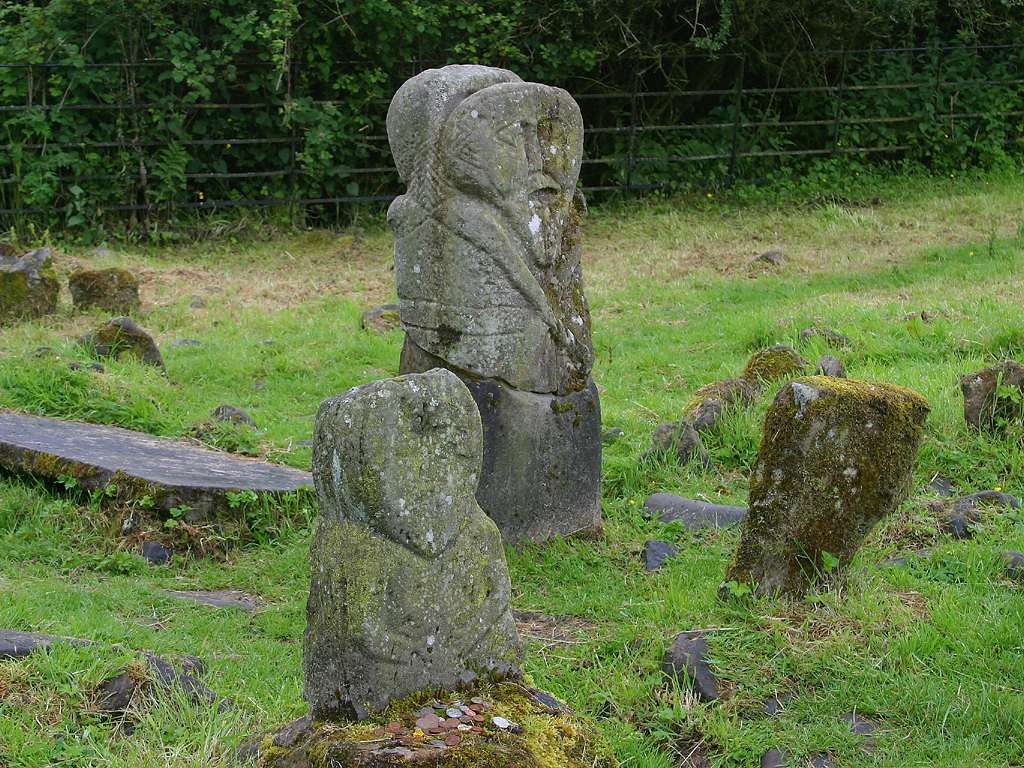
The layout of the cemetery is simple, with the stone figures positioned prominently among the graves. The site lacks the grandeur of larger cemeteries from the same period, but this simplicity adds to its charm and authenticity. The surrounding landscape of Boa Island enhances the serene and timeless atmosphere of the cemetery.
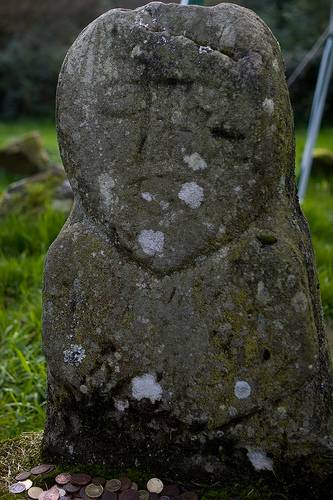
Theories and Interpretations
The dual-faced Janus figure, in particular, has sparked debate among scholars. Some suggest it represents a Celtic deity, while others believe it could be a representation of an early Christian saint or a local chieftain.
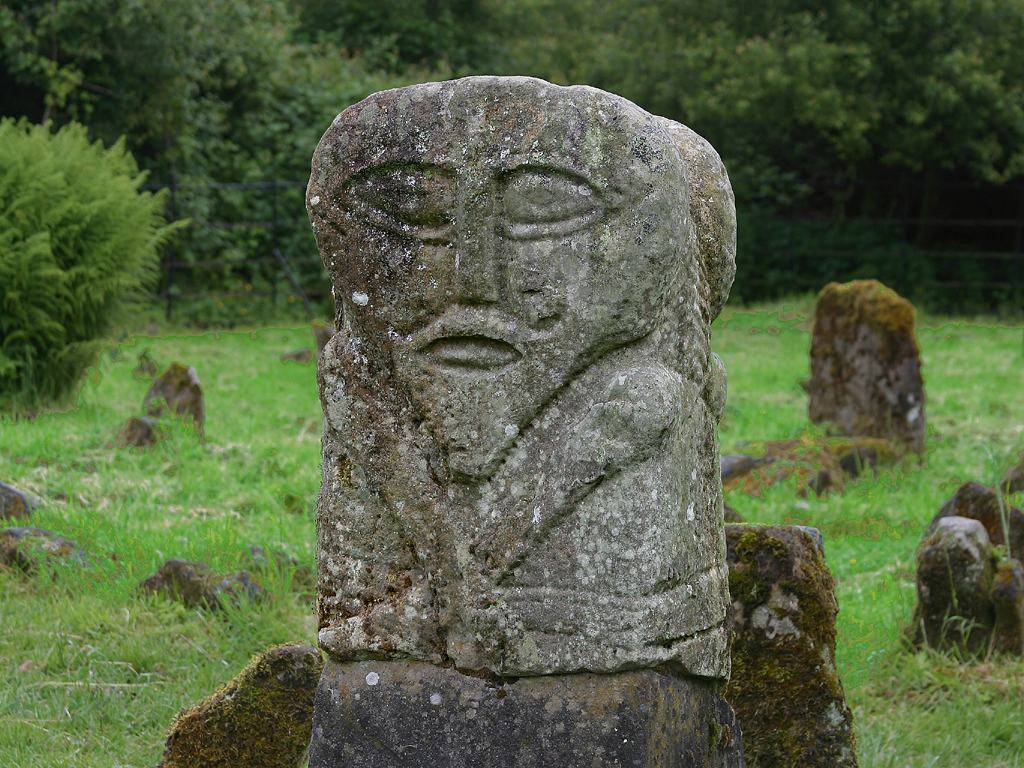
There are mysteries surrounding the site, such as the true meaning behind the figures and the reason for their creation. The Janus figure’s two faces looking in opposite directions have led to speculation about its symbolic significance, possibly relating to the duality of life and death or the transition between worlds.
Historical records provide little information about the cemetery, leaving much to interpretation. The carvings do not match any known iconography from the period, which has led to a reliance on comparative analysis with other early Christian sites. Despite this, the figures’ uniqueness makes direct comparisons challenging.
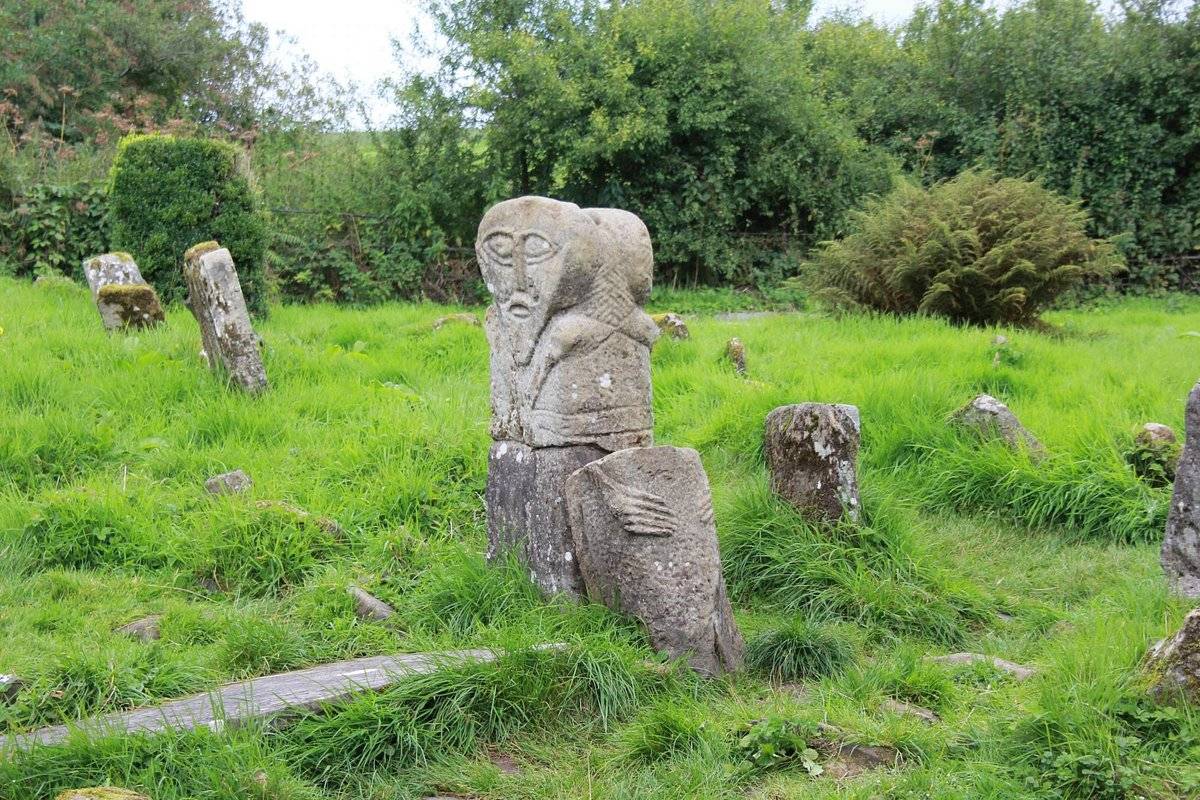
Dating of the site and its artifacts has been carried out using stylistic analysis and carbon dating of associated materials. These methods have helped establish a rough timeline for the cemetery’s use, placing it in the early Christian period. However, the exact dates remain subject to interpretation and further research.
The lack of written records has made it difficult to draw definitive conclusions about Caldragh Cemetery. As a result, the site remains an enigma, with each stone figure serving as a puzzle piece in the broader history of early Christian Ireland. The ongoing study of the site may one day provide clearer answers, but for now, the mysteries of Caldragh Cemetery continue to fascinate.
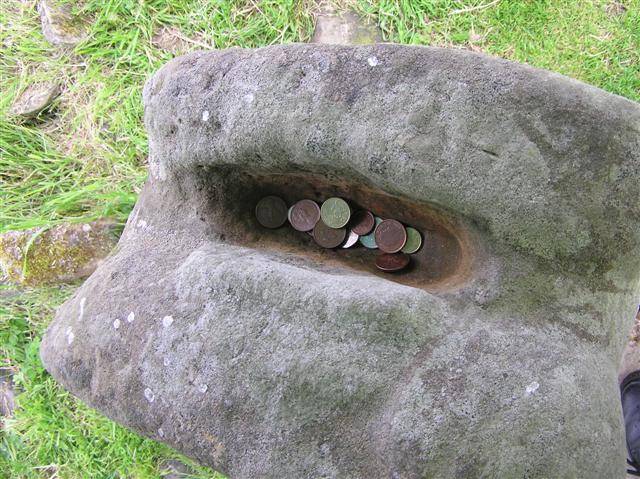
At a glance
Country: Northern Ireland
Civilization: Early Christian Ireland
Age: Estimated to be from the early Christian period (400-800 AD)
Conclusion and Sources
Reputable sources used in the creation of this article include:
- Wikipedia: https://en.wikipedia.org/wiki/Boa_Island

